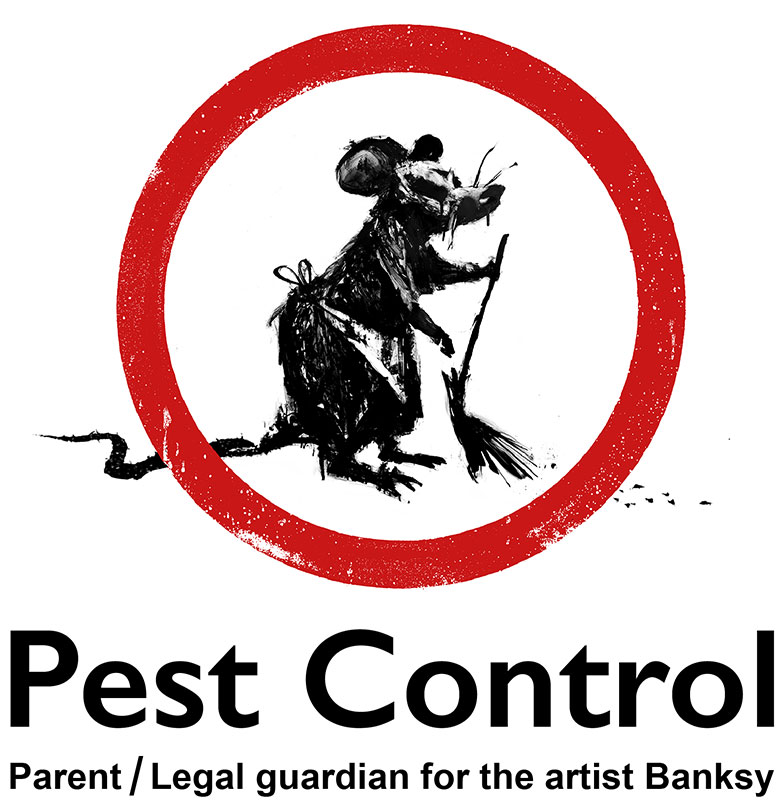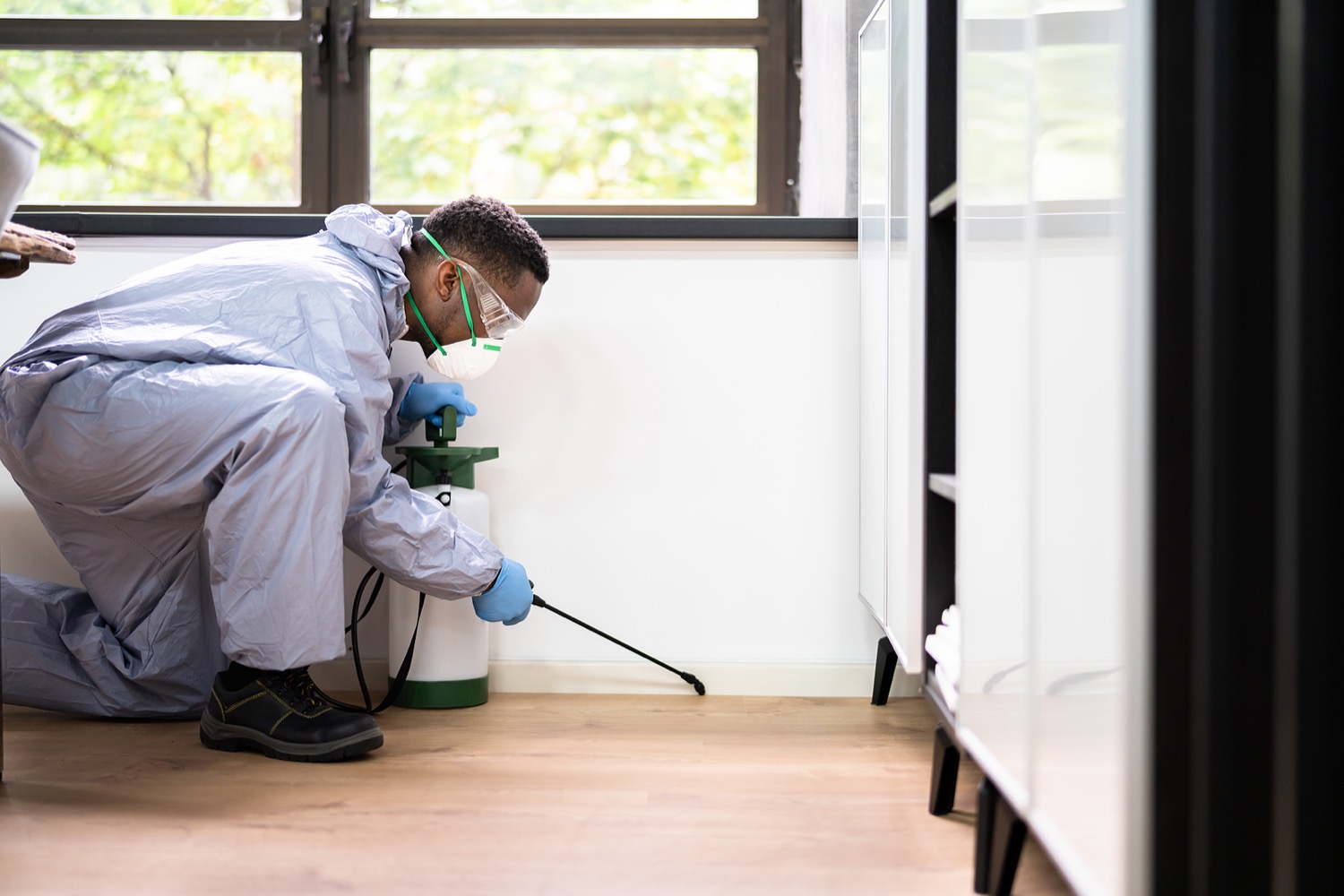A1 Pest Control Charlotte NC Bed Bugs - Professional Elimination Services
Wiki Article
Bed Bug Therapy Failure: Comparing Chemical Vs. Non-Chemical Solutions
In the realm of pest control, especially when managing the persistent concern of bed pests, the option between chemical and non-chemical therapy remedies can be a pivotal one. Both methods provide distinctive benefits and downsides, affecting aspects such as performance, safety and security factors to consider, and total price. By checking out the nuanced information of each method, a clearer understanding of which path to pursue in dealing with a bed bug invasion can be attained.Efficiency of Chemical Therapies
Chemical treatments for bed bug invasions have actually been widely identified for their fast and potent effectiveness in eliminating these bugs. When thinking about the efficiency of chemical treatments, it is essential to understand that they can give a fast and extensive option to a bed bug problem. Specialist pest control operators usually rely upon pesticides to target bed pests at numerous stages of their life cycle, including grownups, nymphs, and eggs. These chemicals commonly work by interfering with the bed pests' nerve system, causing paralysis and eventual death.Additionally, chemical therapies have the benefit of using residual effects, suggesting that they can proceed to eliminate bed insects even after the preliminary application. This recurring activity is especially helpful in combating any kind of possible re-infestations. In addition, the fast action of chemical treatments can bring relief to individuals dealing with extreme bed pest invasions, enabling them to regain control of their space promptly.
Safety Concerns With Chemical Solutions
One critical facet that needs cautious factor to consider when utilizing chemical services for bed pest therapy is guaranteeing the safety of occupants and the environment. While chemical treatments can be reliable in eradicating bed pests, they may pose risks if not taken care of properly. Among the primary safety and security worry about chemical options is the prospective injury they can create to human wellness. Direct exposure to certain chemicals used in bed bug treatments can bring about respiratory system concerns, skin inflammation, or other unfavorable responses, particularly in individuals with pre-existing problems or level of sensitivities. Additionally, incorrect application or dosage of chemical pesticides can result in toxic residues sticking around in the cured location, positioning lasting wellness threats to residents.Moreover, the ecological effect of chemical solutions is an additional considerable factor to consider. Some chemicals used in bed pest therapies may be unsafe to beneficial pests, wild animals, and ecosystems if they leach right into the dirt or water systems. It is important to make use of chemical therapies deliberately, following safety and security standards, and considering much less toxic alternatives to reduce these dangers and guarantee the reliable and safe administration of bed bug invasions.
Benefits of Non-Chemical Strategies
Considering the possible security issues and ecological impact connected with chemical services for bed bug treatment, checking out non-chemical strategies offers an encouraging choice with numerous distinctive benefits. Non-chemical techniques supply a more secure alternative for households, particularly those with children, individuals, or pet dogs conscious extreme chemicals. These approaches eliminate the risks of exposure to hazardous compounds, decreasing the potential for adverse wellness effects. Furthermore, non-chemical treatments are ecologically friendly, as they do not add to air or water pollution, making them a sustainable selection for pest control.Additionally, non-chemical services can be reliable in targeting bed pests, consisting of hard-to-reach locations where chemical treatments might not pass through. Methods such as heat treatment, vacuuming, steam cleaning, and bed mattress coverings provide extensive obliteration without using harmful chemicals. Moreover, non-chemical methods can be less turbulent, needing very little preparation and permitting quicker reentry into treated areas. Generally, choosing non-chemical bed pest therapy methods not just prioritizes safety and environmental management yet likewise makes sure detailed and efficient parasite control.
Limitations of Non-Chemical Treatments

Additionally, non-chemical therapies often need multiple applications to accomplish effective obliteration. This can be time-consuming and might not always assure full removal of all bed insects and their eggs, particularly in concealed or hard-to-reach areas.
In addition, the success of non-chemical therapies heavily relies upon appropriate application and thoroughness, which can be testing for individuals without specialist competence. Insufficient application of non-chemical approaches may cause incomplete eradication, causing persistent problems and the requirement for added treatments.
Consequently, while non-chemical treatments have their advantages, it is important to acknowledge these restrictions and consider them when identifying the most reliable approach for managing bed bug invasions.
Cost Contrast: Chemical Vs. Non-Chemical Options
Provided the constraints connected with non-chemical treatments, an important facet to evaluate in the context of bed bug administration is the price contrast between chemical and non-chemical options. Chemical treatments commonly involve the application of pesticides by professionals, which can range from $250 to $900 per space, relying on the intensity of the problem and the size of the area to be treated. In comparison, non-chemical therapies like heat treatment or heavy steam can be more expensive, with expenses ranging from $1,000 to $6,000 for an entire home. While the preliminary price of chemical treatments might appear reduced, multiple treatments may be called for to completely eradicate the infestation, potentially enhancing the general expense. On A1 pest control charlotte nc bed bugs the other hand, non-chemical choices may offer a much more sustainable and environmentally friendly service, although they can be cost-prohibitive for some people. Inevitably, when thinking about the expense of bed bug treatment alternatives, it is essential to consider the in advance expenditures against the performance and long-term sustainability of the selected approach.Conclusion

Considering the potential safety and security worries and environmental influence connected with chemical solutions for bed pest treatment, exploring non-chemical approaches presents an appealing choice with numerous unique advantages.Given the limitations connected with non-chemical therapies, a vital aspect to examine in the context of bed bug administration is the expense contrast in between chemical and non-chemical alternatives. In comparison, non-chemical therapies like warm therapy or vapor can be a lot more expensive, with expenses ranging from $1,000 to $6,000 for an entire home. While the first cost of chemical therapies may appear reduced, several therapies may be called for to completely eradicate the invasion, potentially boosting the overall price.In conclusion, when contrasting chemical and non-chemical bed insect treatment choices, it is necessary to consider performance, safety, advantages, restrictions, and price.
Report this wiki page